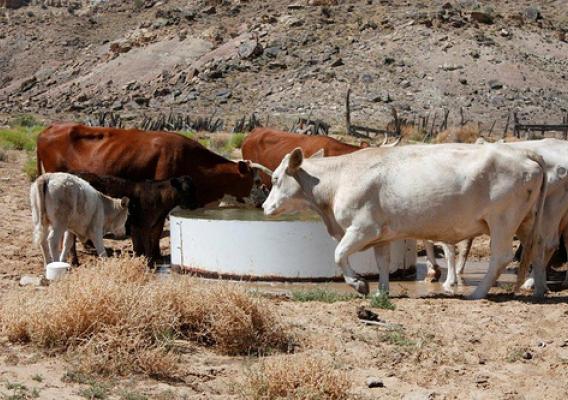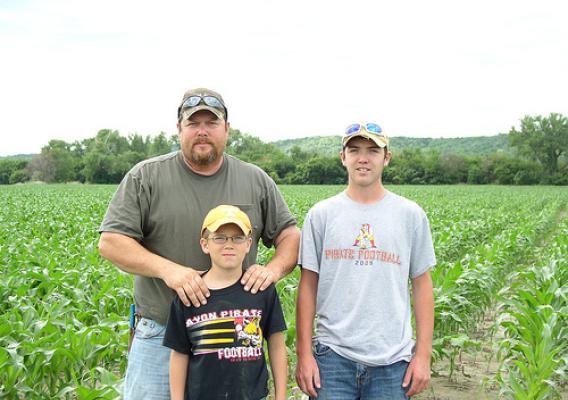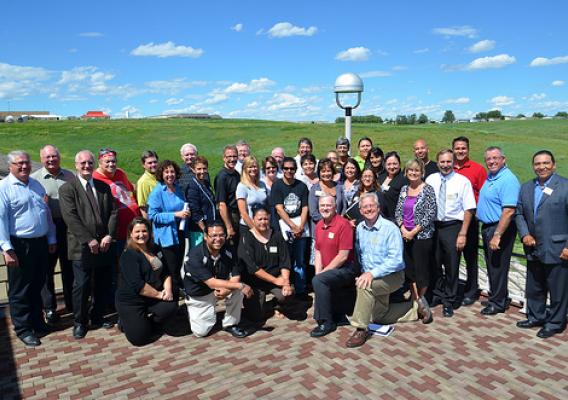This post is part of the Science Tuesday feature series on the USDA blog. Check back each week as we showcase stories and news from USDA’s rich science and research portfolio.
Some say careers in agriculture are a thing of the past, but don’t tell that to Krish Jayachandran, a professor and co-director of Florida International University’s (FIU) Agroecology Program. He will tell you that agriculture is the wave of the future—and he is backing that statement with nearly a decade of work to ensure the next generation of agricultural scientists are ready.
“If we are going to feed more than 9 billion people in the future, we have to get creative in how we use our soil and water resources—not to mention our over-reliance on the same kind of germplasm decade after decade,” Jayachandran said. “I tell students that agriculture research is not farming, it is science and technology. It’s thinking about bio-geo-chemical processes and nutrient cycling; on-farm and off-farm remediation measures, surface and groundwater management, and bioenergy.”










